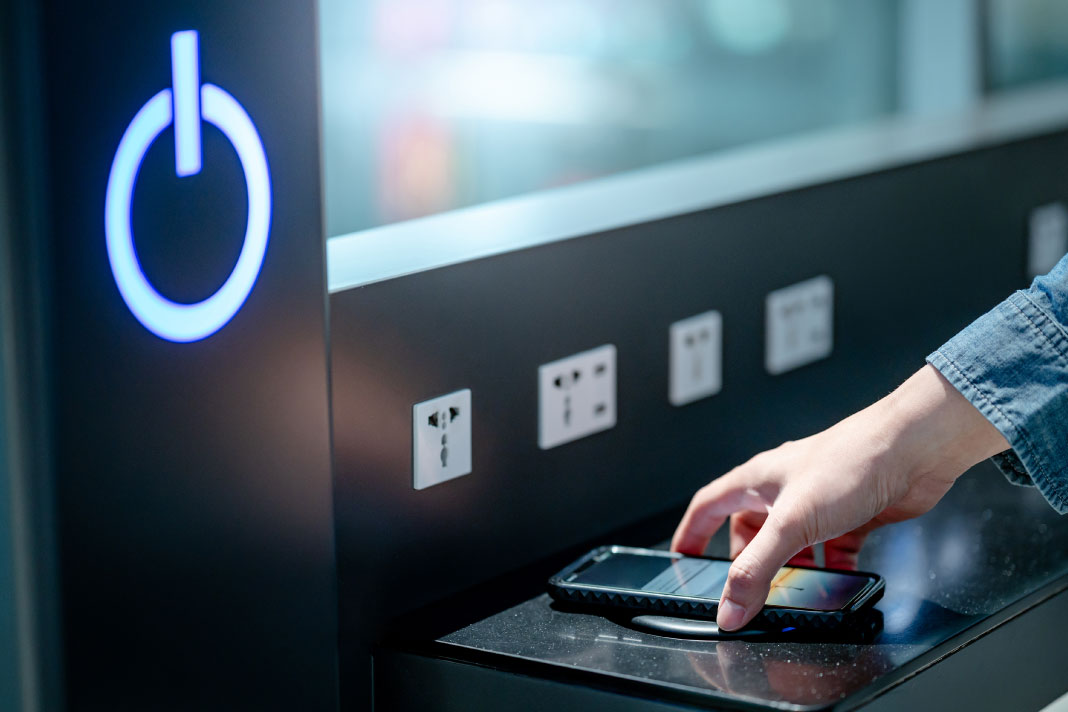Discover the dangers of juice jacking and how to protect yourself from this cyber threat. Learn tips for staying safe while using public charging stations.
Imagine this scenario – You’ve just arrived at New York International Airport after a long flight, and your smartphone’s battery is dangerously low. Desperate to power up, you spot a charging station near your gate. But what if that seemingly innocent USB port poses a hidden danger? Welcome to the world of juice jacking, a growing concern for travelers and residents alike in the US.
In a world where convenience often trumps caution, the emergence of USB-C charging technology has significantly shifted how we power our devices. With this transition, the accessibility of public charging stations has surged, offering a convenient solution for users on the go. However, lurking beneath the surface lies a potential threat that could compromise the security of our data: juice jacking.
Understanding Juice Jacking
Juice jacking is a cyberattack that exploits the trust we place in public charging stations to harvest sensitive information from our devices. Hackers can secretly infiltrate our devices by tampering with charging ports, utilizing malicious USB cables, planting malware, or extracting valuable data without our knowledge.
Also Read: 6 Hot Cybersecurity Trends—and 2 That Are Cooling Down
The Potential Concern
Despite the low likelihood of juice jacking, there are still some potential concerns to be aware of. Public charging stations may allow cyber criminals to tamper with charging ports or cables to access sensitive data. While the risk of this happening is minimal, users must exercise caution when using public charging stations, especially in high-traffic areas.
Additionally, users should be mindful of their device’s security settings and consider using data-blocking USB cables or portable power banks as an added precaution. By taking simple steps to protect their devices and data, users can minimize potential risks associated with using public charging stations.
Six ways you can protect yourself from Juice Jacking:
While the threat of juice jacking looms large, there are steps you can take to minimize your risk:
- Exercise caution with public chargers: Opt for reputable charging stations from trusted sources, such as airports or established businesses, when charging your devices in public spaces.
- Consider portable power banks: To reduce reliance on public chargers, invest in portable power banks as a secure alternative for on-the-go charging.
- Utilize standalone charging blocks: Whenever possible, use standalone charging blocks rather than USB cables connected to potentially compromised devices, such as public computers.
- Choose data-blocking cables: Equip your devices with USB cables that feature data-blocking functionality. These cables ensure that only power is transferred during charging sessions, thus mitigating the risk of data theft.
- Stay updated: Regularly update your device’s software to patch security vulnerabilities and fortify its defenses against potential cyber threats.
- Exercise caution with prompts: Be wary of prompts requesting permission for data transfer or device trust when connecting to public chargers, and refrain from granting access if uncertain of the charger’s legitimacy.
Also Read: Gamers Beware: Popular Games Targeting You with Malware
As USB-C charging becomes increasingly ubiquitous, the threat of juice jacking underscores the importance of prioritizing cybersecurity daily. By adopting proactive measures and exercising caution when charging our devices in public, we can mitigate the risks posed by this emerging cyber threat and safeguard our data from unauthorized access or exploitation. In an era of technological innovation and digital connectivity, vigilance and awareness are essential to securely navigating the evolving landscape of cybersecurity threats.



